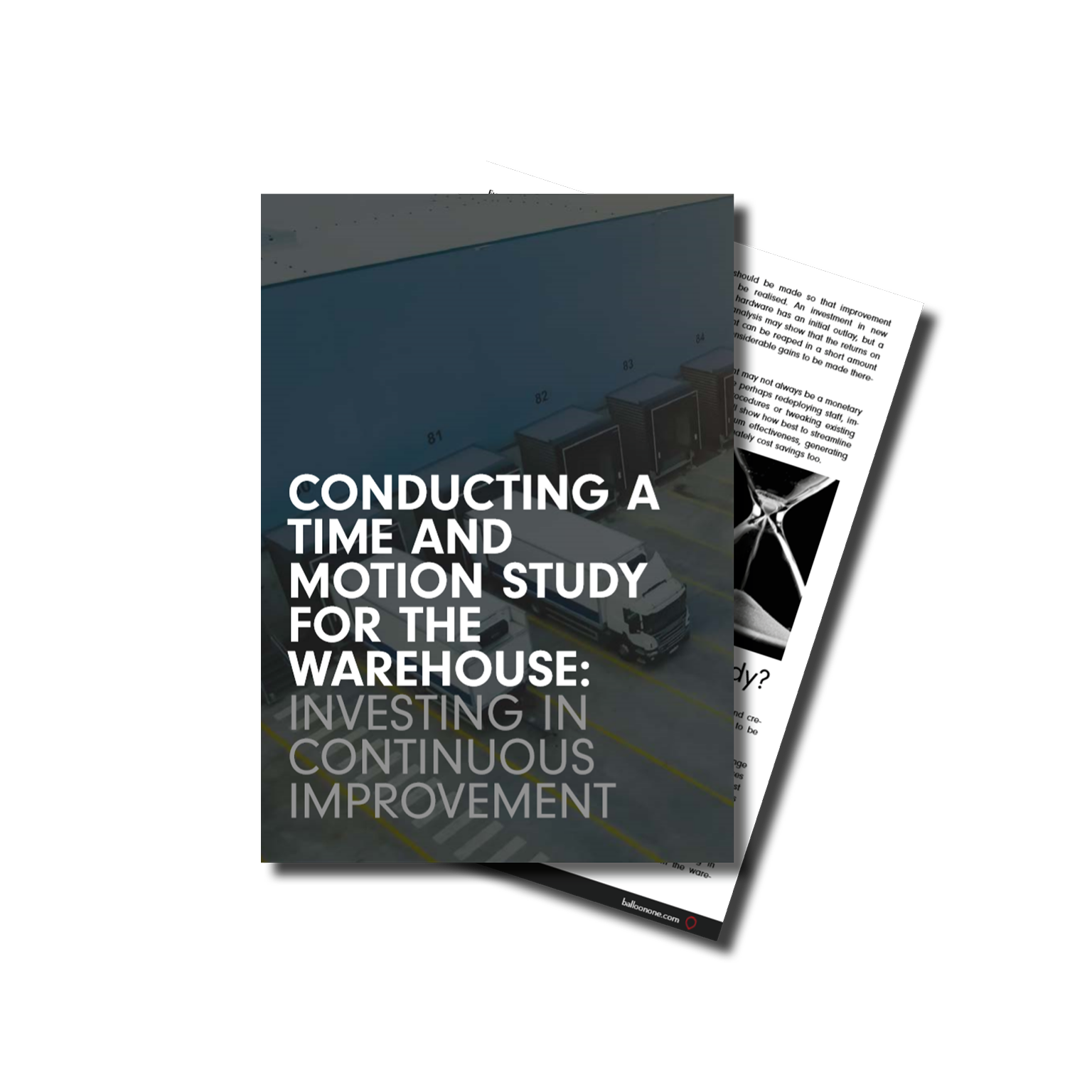
Measuring Warehouse KPIs: Benchmarking in 2024.
Download the whitepaper on Measuring Warehouse KPIs.
Overview.
How do you measure your warehouse performance? Maybe your goal is to run an operation that maximises product flow, with a smooth receipt and putaway process and an efficient picking system. But how do you measure that? While these may be laudable objectives, they are too intangible to measure. Instead, it’s vital to use meaningful KPIs in your distribution operation so that you can accurately track your performance and subsequently act on the findings. Quantifiable metrics provide factual testimony to the success – or otherwise – of your warehouse operation. And give you accountability for your actions.
Tracking and measuring warehouse KPIs allows you to quantify your business performance so that you can improve it. So rather than saying, “we want more streamlined processes”, you can precisely identify where they can be improved and by how much. From our own point of view, it’s important to track KPIs so that we can understand the impact of our software for our customers. It helps if we can show what ROI our systems provide, not only for the verification that gives to our customers, but also to provide benchmarking for all our customers. Our benchmarking allows our customers to compare with others in their industry, showing them where they can improve in order to have an efficient warehouse operation.
Contents:
Download.
Also recommended for you...
Preview
KPI 1: Receipt accuracy.
1. What does receipt accuracy measure?
Receipt accuracy is a measure of supplier performance and warehouse receiving performance. It’s an inbound evaluation that shows how accurate the orders you receive from your suppliers are. It tells you if you received the right goods and if you booked them in correctly. It not only evidences that you are receiving the correct stock and the right quantities of it, but it can also show other parameters, such as if the correct batch or serial numbers have been received, expiry dates are within acceptable timescales, whether stock is damaged, properly labelled, or even received on the right day.
Poor receipt accuracy means that you may be left with erroneous inventory, which in turn can lead to customer service issues. If your expiry dates aren’t in range, then this can mean product wastage and out of stock issues for customers. If you’ve not received the right products, then you won’t be able to fulfil customer orders on time. It also impacts on forecasting and planning; if you’ve not received the orders correctly, and you then can’t supply your own customers, then stock discrepancies will result.
2. How is receipt accuracy measured?
When measuring receipt accuracy, you examine the percentage of supplier purchase orders that have been correctly received in full. But you can break that down further by looking at the percentages that arrived on time, or those that came properly labelled and so on.
3. What is a good receipt accuracy score?
The ideal scenario for any warehouse is to achieve 100% accuracy rate. Of course, this doesn’t take into account the odd hiccup, so a 99.9% accuracy is more achievable. You can certainly make your receiving incredibly efficient if you can get it to these sorts of levels. Equally useful is to set a minimum target, which if you dip below will trigger an investigation into what’s going wrong and how it can be rectified.
4. How can you improve receipt accuracy score?
If your score is not as high as you had set out to achieve, then you will need to check further to ascertain if you have either a supplier problem or an internal problem. Working with your suppliers and using a number of tools can help you to improve your receipt accuracy scores – both from the supplier side and from an internal perspective. Using a more advanced warehouse management system, like K.Motion, can improve your receiving as it allows you to quickly book supplier shipments, check if the right product has been received, in the correct quantities and can also check batch, serial and expiry date.
Using ASN receiving can enhance receipt from suppliers. It allows you to accept what your supplier sends you electronically as fact, leaving you to book it without checking it. Batch and serial numbers can be speedily and precisely logged. When you agree to assume that your supplier has shipped what they have said in advance they will, it means you don’t have to allocate labour to that shipment. Warehouse operatives don’t have to check and count and log all the data into the system. Having trust in your supplier is an essential part of this though. If something is wrong and the order you receive is not right in some way, then it will break the rest of the warehousing process.
KPI 2: Receipt performance.
1. What does receipt performance measure?
Receipt performance is an inbound measure in the warehouse that assesses the speed of booking in goods. It expresses the number of lines and quantities received per person, per hour. Receipt performance identifies performance…



